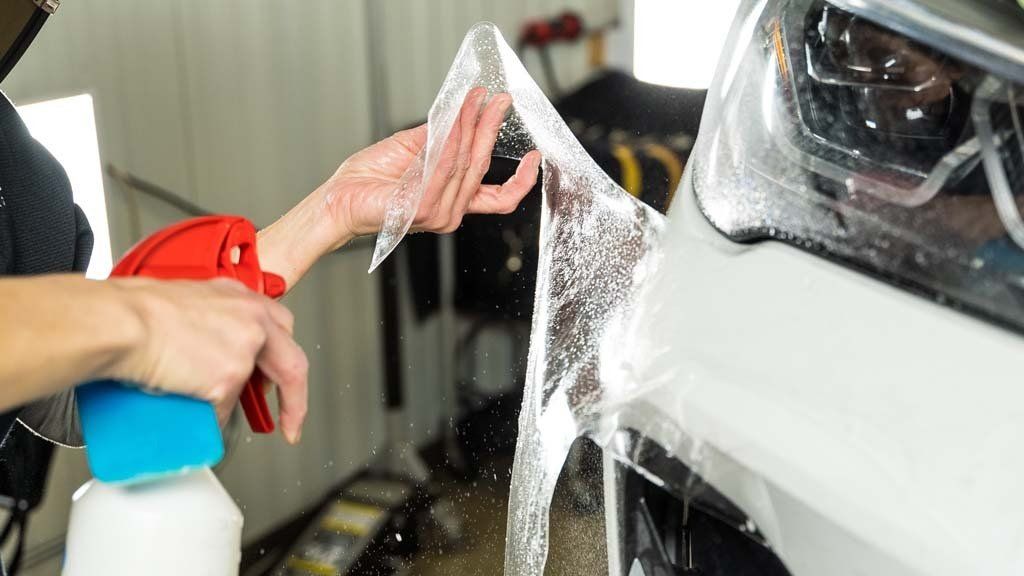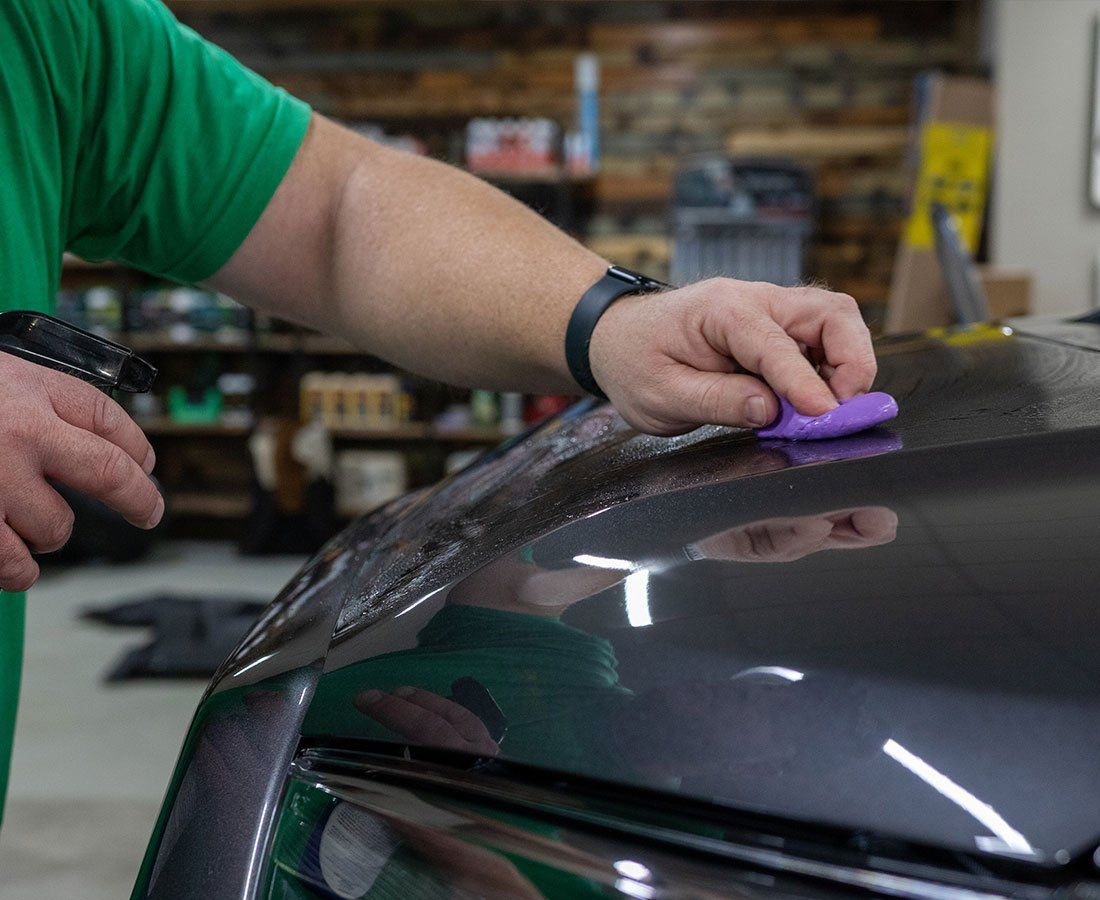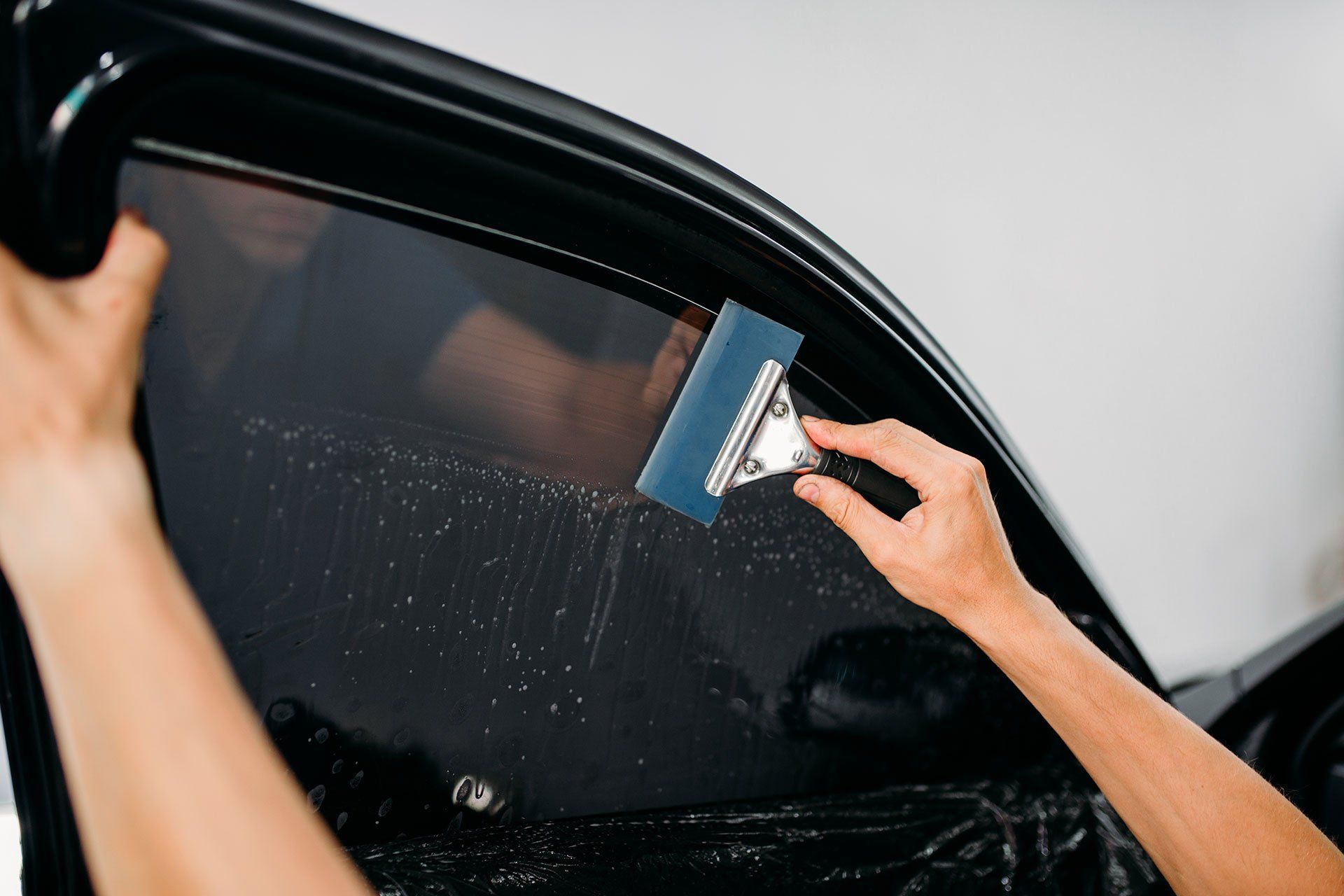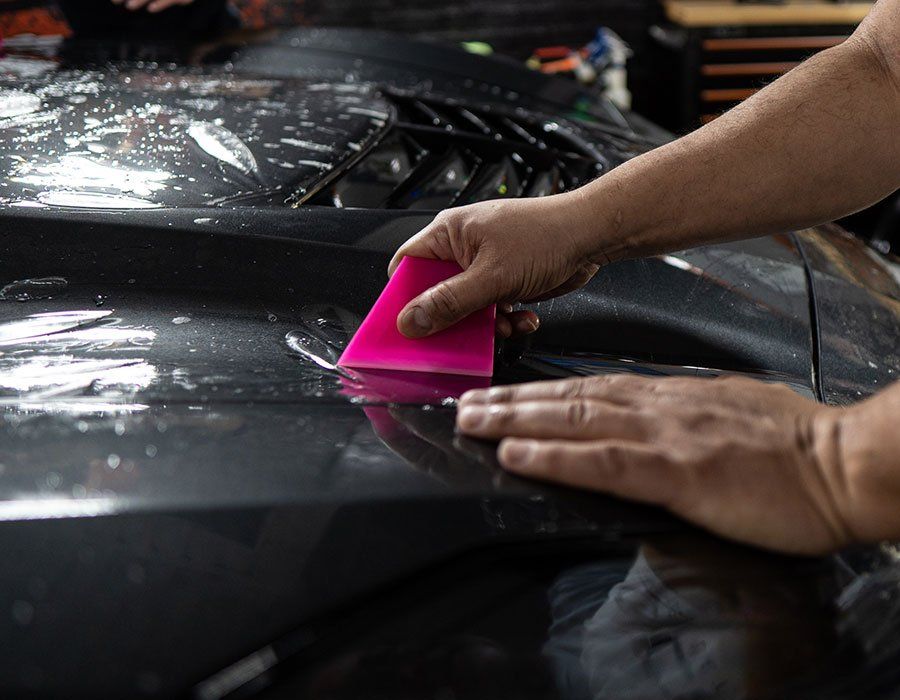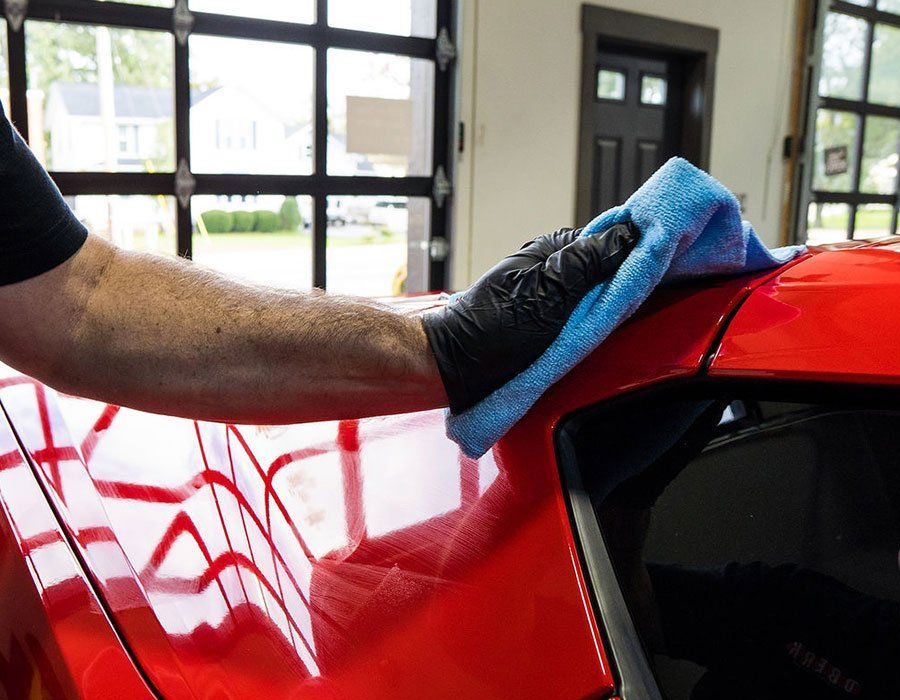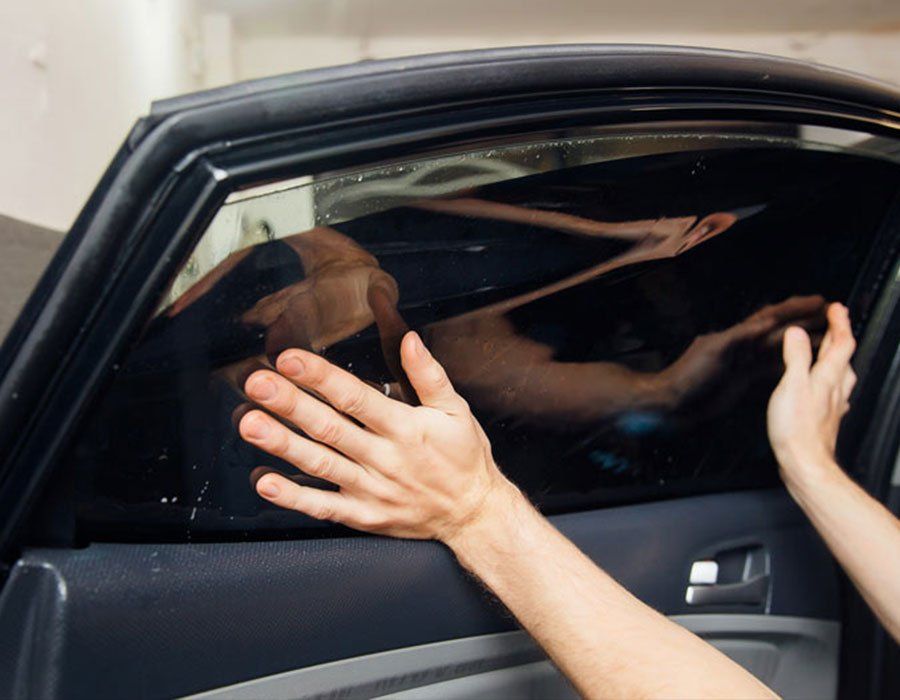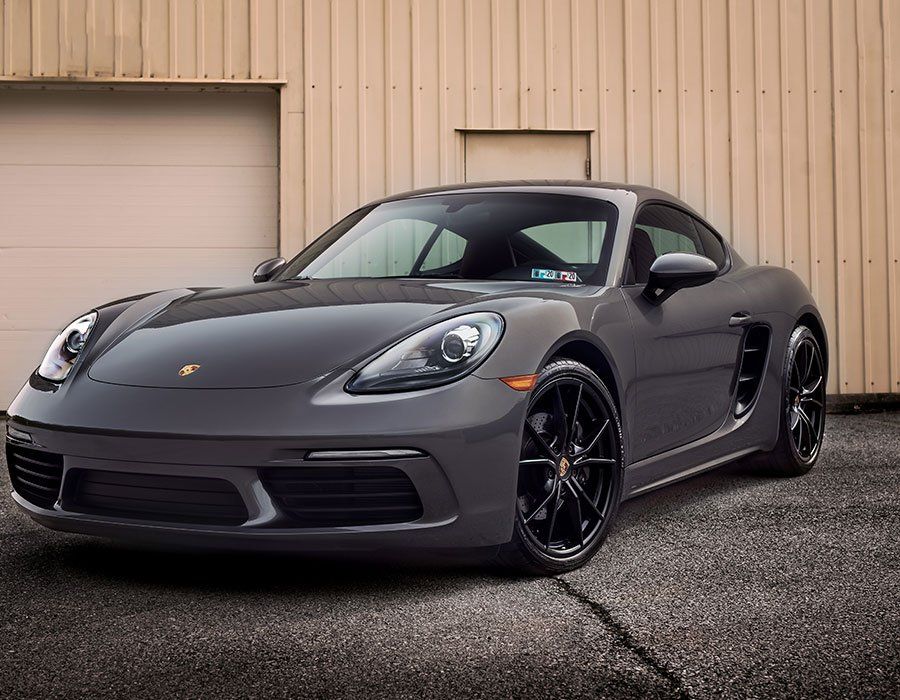Tampa's Sun: Why Your Vehicle Needs Ceramic Coating for Superior Protection
CALL (727) 940-2340
SCHEDULE NOWAs 2023 ushers in record highs, the Florida sun shows no sign of letting up. This relentless heat queen, while being a boon for beachgoers, doesn’t show the same kindness to your vehicle. The escalating UV levels and intense heat can wreak havoc on your beloved machine. But fear not—there's a hero in the wings that goes by the name of ceramic coating. This phenomenal technology has recently become more accessible and is rapidly transforming the way Tampa residents protect their vehicles. Read on to discover why ceramic coating is your vehicle’s ultimate shield against the fierce Tampa sun.
Ceramic coating provides superior protection for your vehicle's paint in Tampa by creating a durable hydrophobic layer. This layer increases resilience to environmental contaminants, prevents stains, and enhances the gloss finish of your car. It also offers UV-ray protection to prevent paint from fading and preserve the appearance and value of your vehicle. Applying a ceramic coating can help maintain the beauty and longevity of your car's exterior.
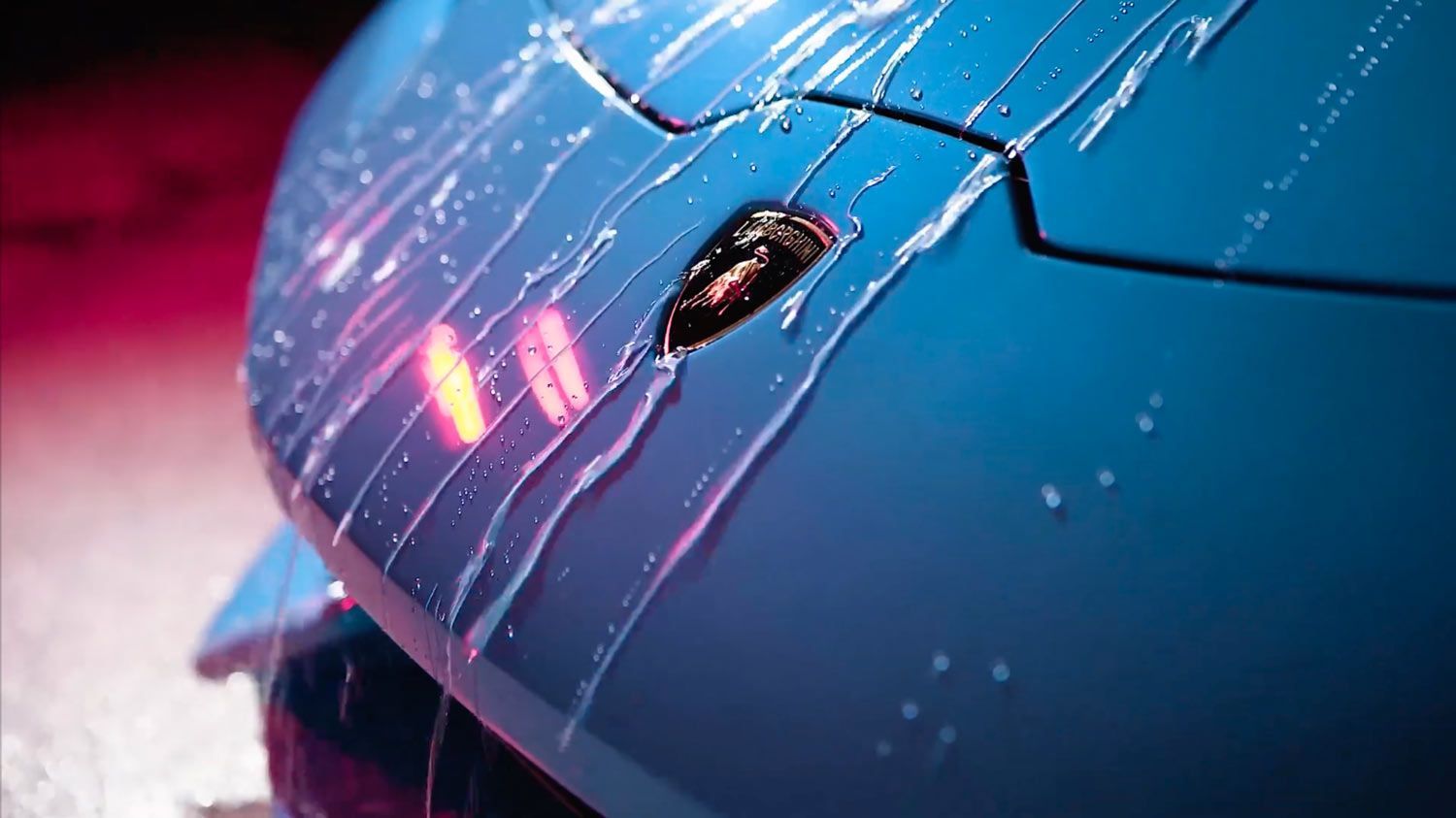
Ceramic Coating Explained
A ceramic coating is a liquid polymer that chemically bonds with the surface of your vehicle to create a hydrophobic layer. This layer acts as a barrier between your car's paint and potential sources of damage such as UV rays, dirt, and bird droppings. Unlike traditional waxes or sealants that provide temporary protection, ceramic coatings are designed to last for years, providing superior longevity and durability. Applying a ceramic coating can also add an additional layer of protection against fading brought on by prolonged exposure to the sun's harmful UV rays. Moreover, it forms a protective shield against contaminants that can otherwise etch into your car's paintwork over time. By forming a strong bond with the surface molecules of your car's paintwork, ceramic coatings create an ultra-smooth and glossy finish that not only enhances its appearance but also makes it easier to clean. The hydrophobic properties mean that water beads up and rolls off effortlessly, taking dirt and grime along with it.
It should be noted that there is a distinct difference between professional-grade ceramic coatings applied by experts like Auto Film Guys and DIY consumer-grade solutions. While DIY options may seem appealing due to their lower cost, they often lack the same level of expertise and high-quality products that professionals can provide. Improper application of ceramic coatings can lead to undesirable results such as swirl marks, splotches, or uneven coverage. This is why it's crucial to trust the job to professionals who have the knowledge and skills necessary to ensure a flawless finish.
Its Role in Vehicle Protection
The primary role of ceramic coating is to protect your vehicle's exterior from a variety of environmental hazards. The hydrophobic properties of the coating repel water and prevent it from sitting on the surface for an extended period. This means that rainwater, acidic bird droppings, tree sap, and other contaminants are less likely to cause damage or staining on your car's paint. By minimizing the time these substances have contact with your vehicle, ceramic coating helps preserve its pristine appearance.
UV-ray protection is another important aspect of ceramic coating's role in vehicle protection. Tampa's scorching sun can wreak havoc on your car's paintwork if left unprotected. UV rays are notorious for causing paint to fade and oxidize over time. However, ceramic coatings act as a shield against harmful UV rays by reflecting them away from the surface rather than allowing them to penetrate. Additionally, ceramic coatings are better at withstanding chemicals, so they won't become stained or discolored by industrial fallout, tar, road salt, or other harsh chemicals that drivers encounter every day. These potent chemicals can easily damage traditional waxes or sealants, but ceramic coatings provide an extra layer of defense to mitigate their impact.
Advantages of Ceramic Coating
The allure of ceramic coatings for vehicles lies in their ability to provide superior protection and enhance the overall appearance. But what are the specific advantages that make ceramic coating a worthwhile investment? Let's explore some of them.
Ceramic coatings offer an exceptional level of paint protection. The unique formulation creates a hydrophobic layer that covers the car's paint, making it more resilient to the harsh elements present in Tampa Bay's environment. This protective layer acts as a shield against contaminants such as dirt, dust, bird droppings, and tree sap, preventing them from bonding to the paint surface and causing damage. In terms of appearance, ceramic coating delivers a stunning finish that amplifies the natural color and gloss of your vehicle's paint. It enhances depth and clarity, giving your car a showroom-like shine that is sure to turn heads wherever you go. Whether you have a vibrant red sports car or a sleek black sedan, a ceramic coating will elevate its visual appeal and make it stand out from the crowd.
But it's not just about aesthetics; ceramic coating also provides practical benefits when it comes to maintenance. Thanks to its hydrophobic properties, water beads up and rolls off the surface easily, taking along with it any dirt or grime that might have accumulated. Another advantage of ceramic coatings is their chemical resistance. It forms a protective barrier on your vehicle's paint that shields it from harmful contaminants and chemicals found in road salts or acidic rainwater. This resistance helps prevent stains and etching over time, preserving your vehicle's appearance and value. Lastly, ceramic coatings provide excellent UV-ray protection. Florida’s sun shines brightly on Tampa Bay all year round, causing paint to fade and oxidize over time. However, with a ceramic coating, the ultraviolet rays are blocked, keeping your vehicle's paint looking vibrant and preventing premature aging.
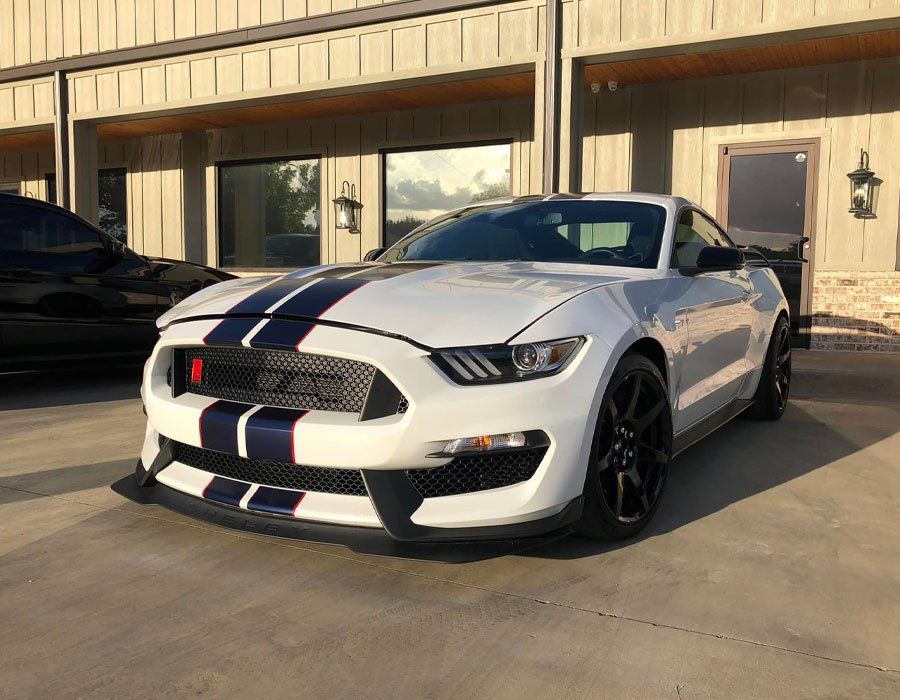
Ceramic Coating vs. Traditional Methods
When it comes to protecting your vehicle's paint, traditional methods such as waxes and sealants have long been relied upon. However, advancements in technology have introduced a game-changer in terms of protection and durability: ceramic coatings. So, how do ceramic coatings compare to these traditional methods?
Ceramic coatings provide superior protection for vehicles in Tampa Bay by creating a hydrophobic layer that covers the car's paint, increasing resilience to the elements and creating a high-gloss finish. The ceramic coating bonds with the surface at a molecular level, forming a durable protective layer that can last years. In contrast, traditional methods such as waxes and sealants offer temporary protection that requires frequent reapplication. While they may provide some level of protection against dirt, UV rays, and other elements, they are nowhere near as long-lasting or effective as ceramic coatings.
In terms of longevity, traditional methods typically require reapplication every few months to maintain their effectiveness. On the other hand, professional-grade ceramic coatings can last anywhere from one to three years or more, depending on the specific product and maintenance routine. It's also worth mentioning that applying a ceramic coating is a far more comprehensive and meticulous process compared to traditional methods. Optimal results require thorough surface preparation, including paint correction and decontamination. This is often best left to professionals who have the experience and expertise to ensure proper application.
Misconceptions and Truths about Ceramic Coating
Ceramic coating has gained popularity in recent years as a superior form of protection for vehicle paint. However, there are several misconceptions floating around that need to be addressed to provide a clear understanding of what ceramic coating can truly offer.
One common misconception is that a ceramic coating makes a vehicle completely scratch-proof. While it does provide a layer of protection against environmental contaminants, it cannot prevent all types of damage. Another misconception is that once you apply a ceramic coating, you no longer need to wash your vehicle regularly. This belief stems from the hydrophobic nature of the coating, which repels water and dirt. While it is true that ceramic coatings make cleaning easier and reduce the frequency of car washes, regular washing is still necessary to maintain the cleanliness and integrity of your vehicle's appearance. It's important to keep in mind that ceramic coatings require proper maintenance to ensure their longevity and effectiveness. Regular washing using gentle techniques will help remove dirt buildup and maintain the hydrophobic properties of the coating. Neglecting this maintenance can result in the gradual loss of water-beading effects and other protective features provided by the coating.
It's also crucial to dispel the notion that applying a ceramic coating is a simple DIY task. While there are consumer-grade products available for at-home application, achieving professional-level results requires experience and precision. DIY attempts may lead to uneven application, swirl marks, or splotches on your vehicle's paint. For the best outcome, it is advisable to seek professional assistance from experienced technicians who can ensure proper application and optimal results.
Trusted Ceramic Coating Service in Tampa, Florida
Elevate your vehicle's protection and appearance with Auto Film Guys, your trusted experts for ceramic coating services in Tampa, Florida. Our experienced team is dedicated to providing the highest quality protection for your vehicle's paint, keeping it looking showroom fresh while guarding against environmental factors. Don't compromise on the well-being of your prized automobile; take action today by scheduling an appointment with us. Experience the exceptional craftsmanship of Auto Film Guys and give your vehicle the care it deserves. Your journey to long-lasting, stunning automotive beauty starts right here, where your satisfaction and your vehicle's luster are our top priorities!
The Auto Film Guys Blog
